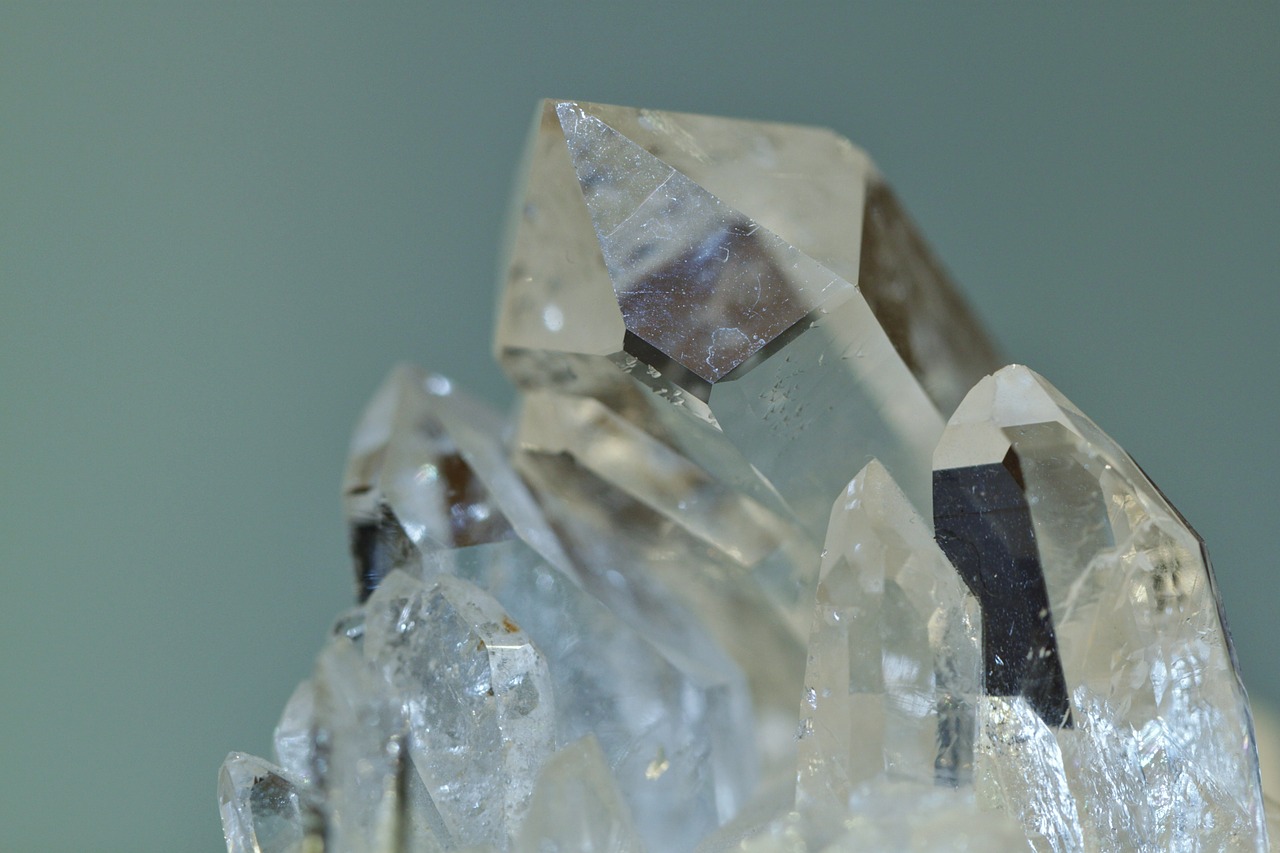
Bjork’s Autofiction and the Mutating Self
How can a “visual manifesto of the self”—a separation of the self (Bjork) from the other (us, her readers) connect the self and the other through separation? Is this a contradiction? A paradox? In Pontbriand’s chapter on “Bjork’s Autofiction” in the Expanded Consciousness: Art Beyond Borders section of The Contemporary, The Common: Art in a Globalizing World, she posits that Bjork’s recent (at that time, 2013) art book, consisting of portraits of herself by her “entourage” and essays about her/her art, and influences of her/her art, which serves to open communication between “Bjork” (the “self”) and the other. For it is only in separation, through definition/articulation of one’s “self” that self and other can communicate. Put another way, to view one’s self (internal), look at it through an (external) object–a mirror.

In curating objects, ideas, thoughts, feelings, judgments, likes, dislikes, to formulate the (modern, materialist sense of) “self,” the individual sets up a self to later be annihilated–hence Pontbriand’s phrase “Beyond Borders.” One creates, in order to destroy, a la those Buddhist sand paintings (attachment=unhealthy; destruction=healthy/acceptance/part of life). In “Mont Blanc,” Shelley describes the “everlasting universe of things” which “flows through the mind, and rolls its rapid waves.” This “flow” is exhibited wonderfully (if annoyingly) in Rousseau’s Confessions–an early form of autofiction, and a dramatic one–and not so wonderfully (for our/self purposes) in Augustine’s Confessions, because he was not confessing to glorify his (sense of) self as Rousseau did but, rather, to glorify God. Rousseau separated, annihilated; Augustine (a much earlier confessor) did not separate, make those distinctions, borders, or as Grosz would call it, territorialization. The particular relates to the universal, or to the general, interestingly in post-Rousseau autofiction.
Women historically had no right to a “self” in the way that a man like Rousseau did. To that end, I find Bjork’s autofiction, and female-written autofiction, that much more compelling and inspiring. Women’s sense of self is–well, society wants it to be–tied-up in their relationship to men and their selves, or their children and their children’s selves. This is a recipe for disaster. Though it might seem not much of a “privilege” to construct a male, penetrating, selfish, colonizing “self” that expands to the outside–one which Brett McInelly asserts in his essay “Expanding Empires, Expanding Selves: Colonialism, the Novel, and Robinson Crusoe” was necessary for the British Empire to expand/territorialize–curating a “self” is an important act, even if that act results in the destruction/annihilation of that self. Björk’s exemplifying “the quest for oneself” in our digital context where “self-styling is gaining ground” (debatable: books such as Greenblatt’s Renaissance Self-Fashioning and many since it and Foucault’s Technologies of the Self have examined self-fashioning for various individuals/groups throughout the Renaissance, 18th and 19th centuries through now), her proverbial shedding of “green tribal-techno tears,” is an amazing turn. To see a female’s performance culminating in “joy to the depth of suffering” not only helps Bjork, it also inspires/models what this performance could look like (or not) for other women/individuals (310).
The joy is in the journey, the saying goes, and once that journey of self-creation is done then the self is no longer needed. Maybe this is human nature, maybe it is a product of our environment. But I personally find autofiction helpful, even therapeutic, articulating my “self” through what I, not male authority figures, determine to be the defining factors, actions, thoughts, feelings, words, character, in “my” life. Through this exercise in autofiction, self-awareness can come through in order to burn out the illusions. If this doesn’t happen, if one doesn’t write, then I suspect that leads one’s self to be tied-up in others’ selves, as self-conscious as our social-technological environment might “make” us, and in comparison, which is an act of disempowerment rather than empowerment. Pontbriand defines “living” as “mutating” and “an artist’s book” as “a visual manifesto of the self … pointing to one’s difference and individuality” that “embodies the other—the singularity of the other—and opens up a flow of communication” (309). I’m not so sure that life is “mutation” as that is a creepy, sciency-sounding phrase which connotes genetics which I would prefer to see my “self” as “more” than, or transcendent of, genetics/deterministic factors being one percentage of my “being”; they are that of which I am aware, not what life is. Or so I hope.

